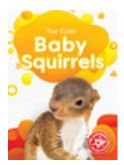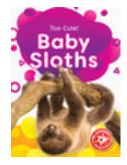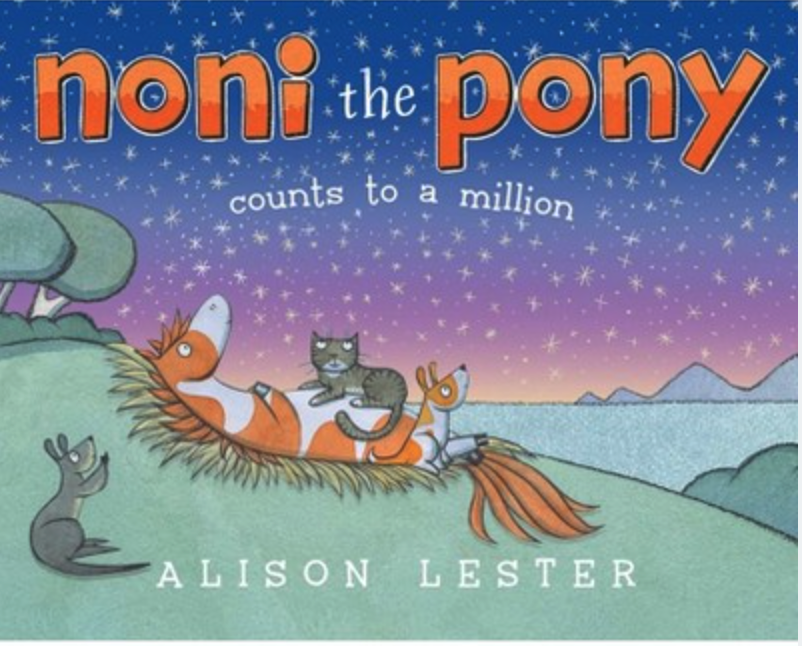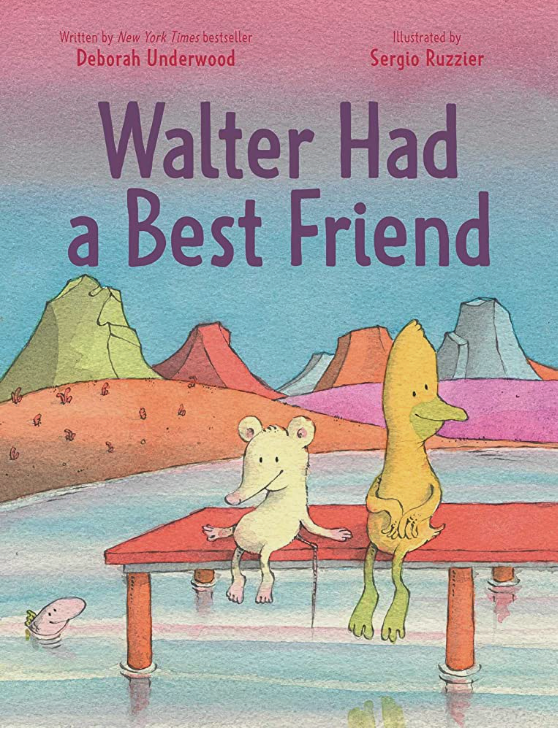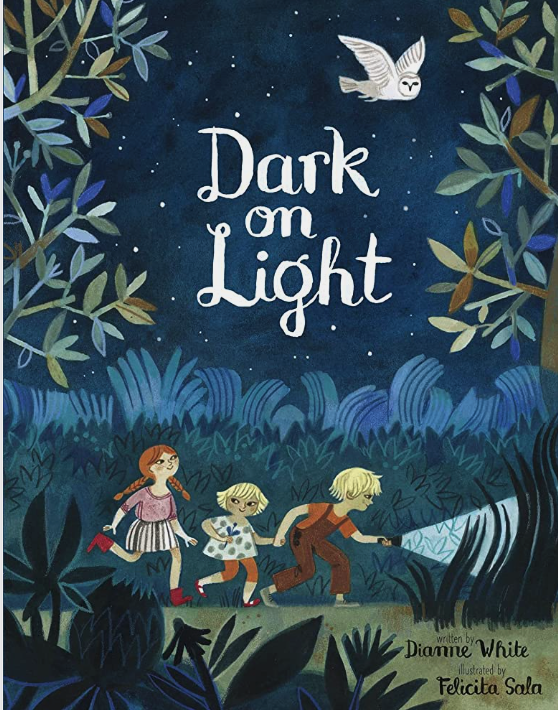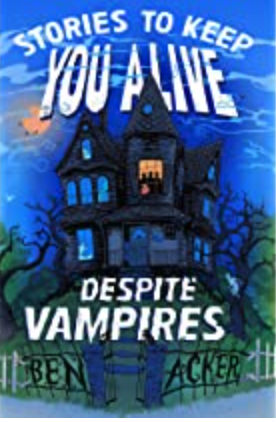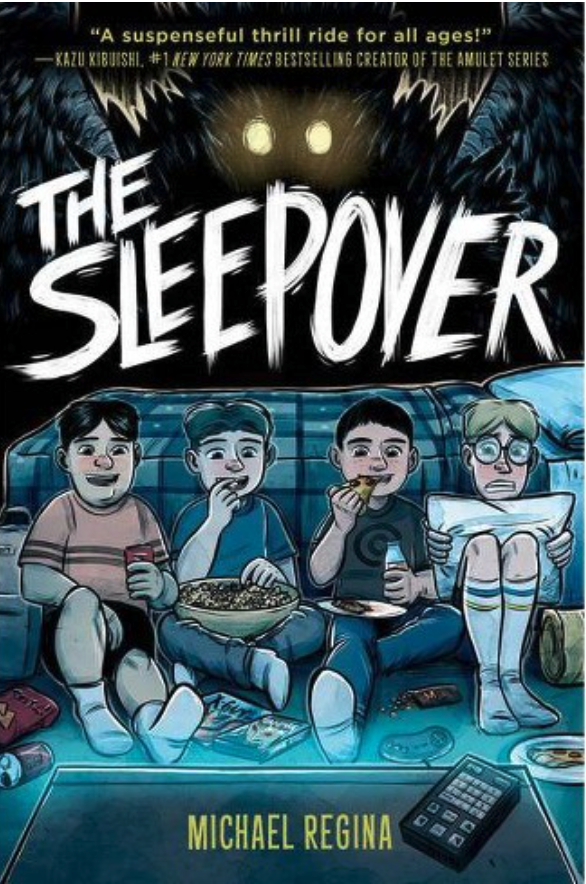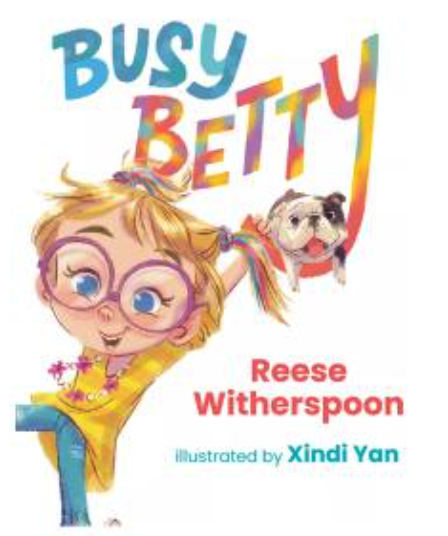By Monika Davies

India covers basic information of the country. It has appealing images and maps as well as words in bold that correlate to a Glossary at the end of the book. Readers will be interested in the unique animals of the Indian sub-continent as well as some of the exotic items the people eat including: chapati, dal and biryani. This book is recommended for any library where students at a young age do country research or for English language learners.
The Blastoff! Readers Countries of the World series contains many informational chapters including but not limited to: All about the country, land and animals, life for the people, and facts. These books also include a glossary with terms that are in bold throughout the book as well as an index and a section with links and books to learn more about the country. These books are recommended for grades 1-3. They are at “Level 2 which offers early readers a bit more challenge through varied sentences, increased text load, and test-supportive special features.”










